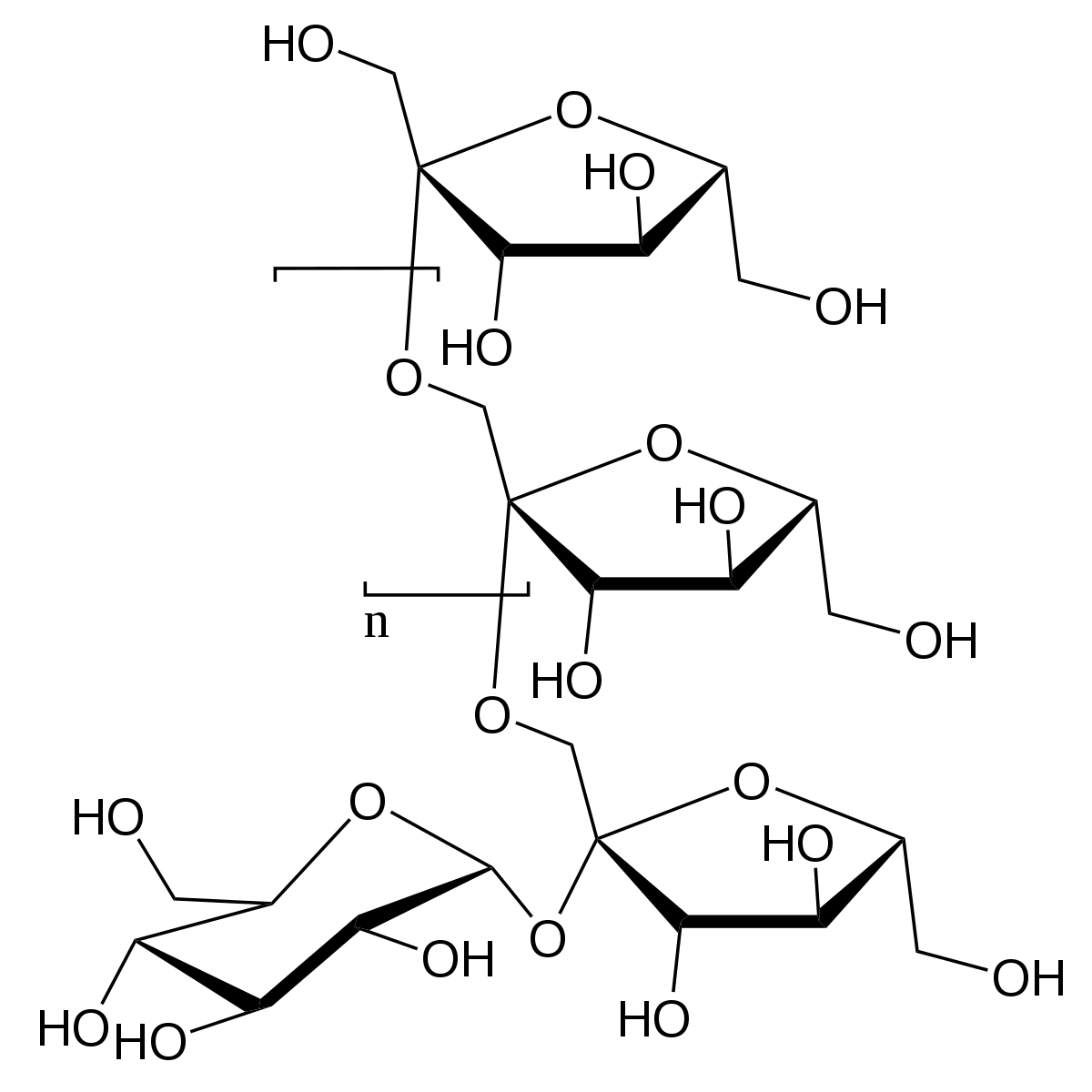
Today we are going to talk about a topic that is quite covered in biology and with great importance. It is about the oligosaccharides. They are molecules that are composed of between 2 to 10 monosaccharide residues and are linked by glycosidic bonds. These oligosaccharides can be found in a wide variety of nutrient-rich foods such as tomatoes, milk, onion, barley, rye, and garlic, among others.
Therefore, we are going to dedicate this article to tell you about all the characteristics, operation and importance of oligosaccharides.
Key features

The importance of oligosaccharides begins in the food industry and agriculture. And it is in these areas that great attention has been paid for its action in prebiotics, indigestible substances, some beneficial substances thanks to the selective stimulation of the growth and activity of species of bacteria of the colon. Newspapers are obtained from natural sources and by hydrolysis of polysaccharides. If we analyze it from plants, we see that they are oligosaccharides of glucose, galactose and sucrose, the latter being the most abundant of all. They can also be found attached to proteins forming glycoproteins.
The importance of glycoproteins lies in their role in cell recognition, lectin binding, extracellular matrix formation, viral infections, and antigen determinants. Its composition is variable of carbohydrates. Oligosaccharides are made up of monosaccharides that can be ketoses and aldoses. They are sugar type variant carbohydrates that have numerous hydroxyl groups. The alcohol groups that these hydroxyls have can be both primary and secondary. In this way, we see that the structure of the monosaccharides that form the oligosaccharides are cyclical. These structures can be of the pyranose or furanose type.
An example of this is glucose, which is an aldose whose cyclic structure is a pyranose. On the other hand, in fruit, we find fructose, which is a ketosis whose cyclic structure is a furanose. All monosaccharides that make up an oligosaccharide have a glyceraldehyde D configuration. There are some oligosaccharides that are not digestible and have a different configuration. The fact that they are not digestible is due to the fact that the composition cannot be hydrolyzed by digestive enzymes both from the intestine and from saliva. Despite this, they are sensitive to hydrolysis by the action of the enzymes of the bacteria in the colon.
Composition and functions of oligosaccharides

As we mentioned at the beginning of the article, these are composed of between 3-10 monosaccharide residues. One of the exceptions that we find when looking at the composition is inulin. It is a non-digestible oligosaccharide that have more than 10 monosaccharide residues. When we refer to residues we are pointing to the elimination of the water molecule when a glucoside bond is formed between monosaccharides.
Regarding the functions, we have the most common disaccharides which are sucrose and lactose. Both are sources of energy that help the body to function well. Some functions of indigestible oligosaccharides is that they are prebiotics, it is to improve the growth of bacteria and to lower cholesterol. Therefore, they are a great option for the food industry if we want to improve people's health in their day-to-day life.
They also serve as artificial sweeteners and have a key role in osteoporosis. Another aspect that improves the quality of these molecules is the control of diabetes by promoting the growth of intestinal microflora. These oligosaccharides have been attributed properties such as reducing the risk of infections and diarrhea by reducing pathogenic flora and improving the response of the immune system.
There are numerous studies that support all these functions and every time we try to get more involved in our day to day.
Types of oligosaccharides
When we try to classify these molecules, we see that they can be divided into common and rare. The first are disaccharides. Sucrose and lactose are the most common. The rarest are those that possess so only 3 or more monosaccharide residues and most of them are found distributed in plants. Those found in nature differ in the monosaccharides that compose it. In this way, the following oligosaccharides are found: fructooligosaccharides (FOS), galactooligosaccharides (GOS); lactulooligosaccharides derived from galactooligosaccharides (LDGOS); xylooligosaccharides (XOS); arabinooligosaccharides (OSA); derived from seaweed (ADMO).
Another way that exists to classify these molecules is to divide them into primary and secondary groups. The primary ones are those found in plants and are divided into those that are based on glucose and sucrose. On the other hand, we have the secondaries that are formed from the primaries. The primary ones are those that are synthesized from monosaccharides and a glycosyl donor by means of a glycosyltransferase. An example of this is sucrose.
Disaccharides are more abundant and among them we have sucrose. Sucrose is made up of glucose and fructose. On the other hand, there is lactose, which is made up of glucose and galactose. Lactose is only found in milk. Today there are many people who are lactose intolerant because their body does not have enzymes capable of metabolizing it.
Applications in colon cancer
The appearance of colon cancer disease has to do with lifestyle. Meat and alcohol increase the risk of the appearance of this disease, while a diet rich in fiber and milk reduces it. Therefore, it is essential to learn to introduce foods rich and varied in nutrients into our diet. The rational use of prebiotics is based on the observation that bifidobacteria and lactobacillus fail to produce carcinogenic compounds.
Most of the studies that have been done have been in animals and not in humans. The consumption of prebiotics has been shown to produce a significant reduction in colon cell and genotoxicity, helping to increase the function of the intestinal barrier.
I hope that with this information you can learn more about oligosaccharides and their characteristics.